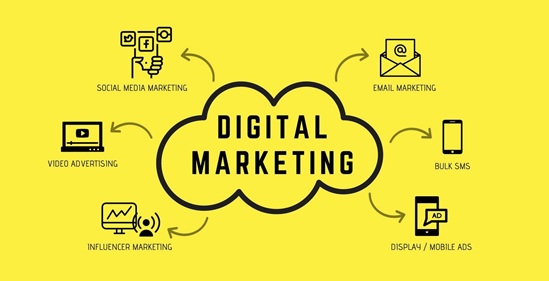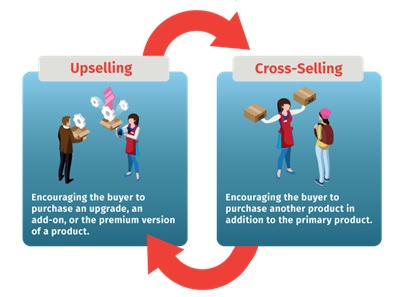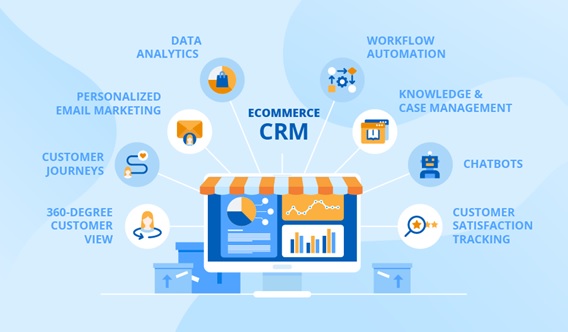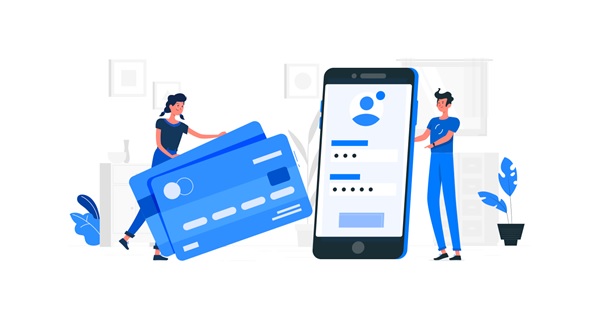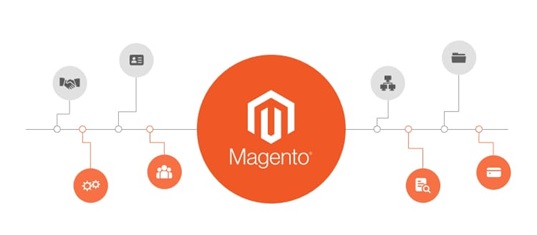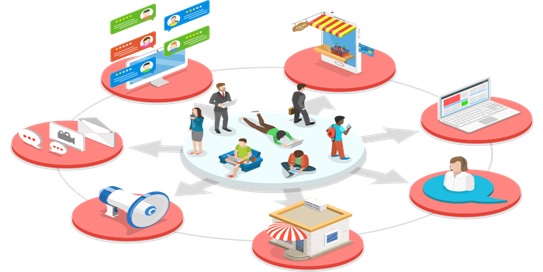Subscription Services: The eCommerce Technology
Subscription marketing is a type of business model that generates recurring revenue through a subscription pricing model. Existing customers opt to receive the goods or services on a recurring basis for a monthly or annual fee. [1] The goal of a subscription offering is to increase customer retention and lower customer acquisition cost.
Netflix is a good example of a successful subscription-based business model, as is any other SaaS company. For companies not offering SaaS (software as a service), a subscription offering usually involves a monthly shipment of goods such as a subscription box.
In the subscription model, customers receive products on a regular basis while making recurring payments to the business. Customers can generally choose how often they want to receive shipments and can renew or cancel their subscription at any time.
For the business, this is essentially a contract between your business and the customer. They agree to pay you on a recurring basis and you agree to provide products for a given period of time. When the contract is up, the customer has the right to renew or cancel the subscription. Figure 1 shows the Subscription marketing.
A great example of this subscription in action is with streaming services like Netflix. Though you can purchase films or pay piecemeal, [2] with these services you pay a flat fee to access all content for a certain period of time, usually a month. At the end, you can cancel the subscription or automatically be charged the same fee for another month of service.

Figure 1. Subscription marketing
Subscription boxes make money in two ways: recurring payments and one-time purchases. Recurring payments are the basis of the model, and customers must pay a fee to participate in the model.
The one-time purchase fees are on top of the monthly fees and vary by industry. A good example of this is clothing subscription boxes. [3] Customers pay a monthly fee for a box of curated clothing to be delivered. If they choose to keep any of the clothes, they then pay an additional fee to cover the cost of the clothes. Margins can be further increased by buying wholesale products.
Benefits of the subscription model
The subscription model has benefits for both the businesses using the model and the customers purchasing the subscription.
Benefits for businesses include:
- Predictable revenue: whilst customers can end their subscription, the terms and conditions and a fixed price enable businesses to more accurately predict revenue and income, therefore making it easier to plan ahead financially.
- Customer loyalty: The subscription model has also proven to increase average customer lifetime value (ACLV) through creating opportunities for upselling and cross-selling different products or services.
Subscription benefits for customers include:
- Convenience: rather than making multiple payments, a customer can set up a one-off transaction.
- Cost: subscription services can be more cost-effective than non-recurring models, and customers avoid the bank charges/transaction fees which could incur with multiple one-off payments.
The subscription box business model is being adopted by more businesses each year. It's a valuable tool to add new revenue or as a primary model. It's even good for a DTC food company. Now that you know, you can invest more time in learning how to start a subscription box.
Luckily for those food suppliers, BlueCart Subscriptions is the best way to adapt the subscription box model. Whether you sell groceries, pantry items, non-perishables, pre-cooked meals, or are just learning how to start a coffee business, we can help you grow. we can even help you break into the drop shipping market.
References:
- https://www.referralcandy.com/blog/subscription-services/
- https://www.bluecart.com/blog/subscription-box-model
- https://sumup.co.uk/invoices/dictionary/subscription/
Cite this article:
Vinotha D (2021), Subscription Services: The eCommerce Technology, AnaTechMaz, pp. 15




